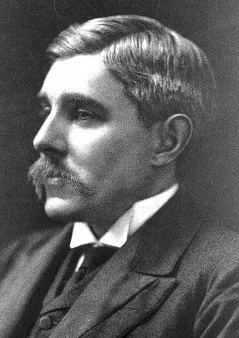Name Frederick Weber | ||
 | ||
Books Aspects of Death and Correlated Aspects of Life in Art, Epigram, and Poetry: Contributions Towards an Anthology and an Iconography of the Subject : Illustrated Especially by Medals, Engraved Gems, Jewels, Ivories, Antique Pottery, &c | ||
Frederick Parkes Weber (8 May 1863 – 2 June 1962) was an English dermatologist who practiced medicine in London. His father, Sir Hermann David Weber (1823–1918) was a personal physician to Queen Victoria.
Weber was educated at Charterhouse and Trinity College, Cambridge. He subsequently studied medicine at St. Bartholomew's Hospital, and abroad at Vienna and Paris. Returning to England, he worked (since 1894) at the German Hospital, Dalston (London), later he became House Physician and House Surgeon at St. Bartholomew's Hospital. He was subsequently House Physician at Brompton Hospital and Physician at Mount Vernon Hospital.
Weber contributed over 1200 medical articles and wrote 23 books over a period of 50 years. In 1922, he, along with his wife, published a philosophical medical tome called "Aspects of Death and Correlated Aspects of Life in Art, Epigram, and Poetry". Weber was a prodigious describer of new and unique dermatological terms.
Together with his father, Weber was an avid coin collector; their numismatic collection being donated to several places, such as the Boston Medical Library, the British Museum, the Bodleian Library at Oxford, and Fitzwilliam College at Cambridge. He was a long-standing member of the Royal Numismatic Society. A comprehensive collection of Weber's papers is kept by the London Wellcome Library.
Conditions
His name is ascribed to several disorders such as:
